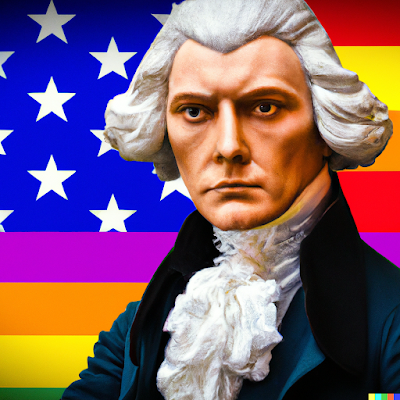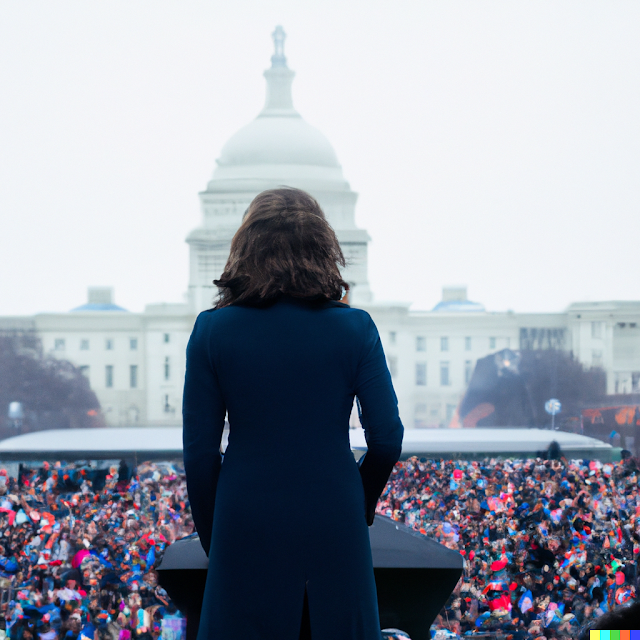FINAL PAPER (Word Count: 2350)

DALL·E 2 AI Photo Of Thomas Jefferson Life, Liberty, and the pursuit of happiness are the ideals of our founding father, Thomas Jefferson. Written in our Declaration of Independence, it serves as an example of unalienable rights deserved by all humans. But how do we define humans? Because the Negros shipped over from Africa working in the fields werent conidered human. So, to our founding fathers, they didn't deserve rights. Fast forward to 2023, where all people, no matter their race, religion, gender, or sexuality, are protected by the Constitution. Which is a lie; our founding fathers wrote the Constitution and the Bill of Rights to protect themselves, white men. Race is a protected class. The fourtenth amendment to the Constitution made it illegal to discriminate on race following the Civil War. However, there has been no amendment to the Constitution to state that discrimination on sexuality is illegal. So, when we look back at our history and see same-sex marriage and inter...
